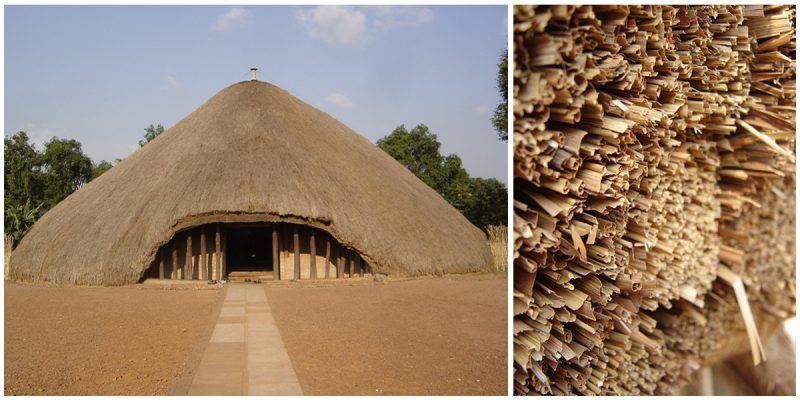Situated on a hill in Kampala (the capital of Uganda), the site of the Kasubi Tombs is a major spiritual center, and a traditional burial place for the kings of Buganda, as well as other members of the royal family. It was a place where the Kabaka and his representatives frequently carry out important rituals related to Ganda culture. The site is one of 31 royal tombs across the Buganda kingdom since it was founded in the 13th century.
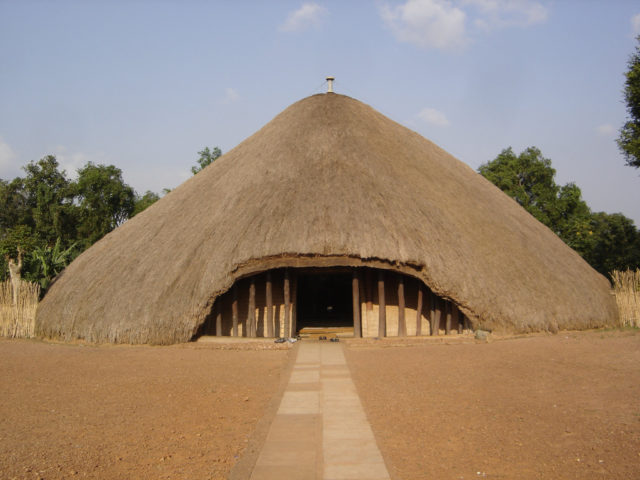

The huge thatched-roof palace was originally built in 1882 as the palace of Kabaka Mutesa I, the 35th Kabaka of Buganda, before being converted into his tomb following his death in 1884. Traditionally, the body of the deceased king was buried in one place, with a separate shrine for the deceased king’s jawbone, which was believed to contain his soul.
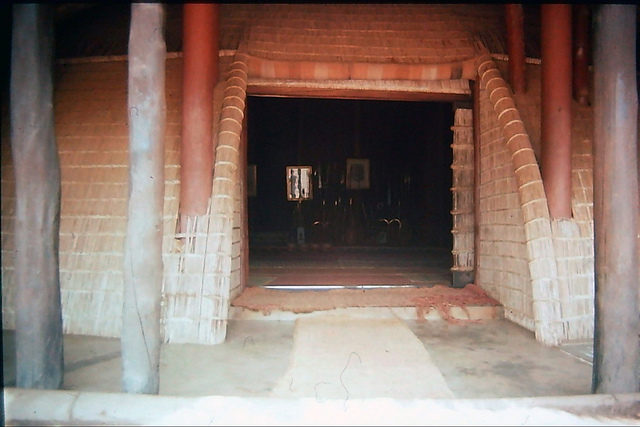
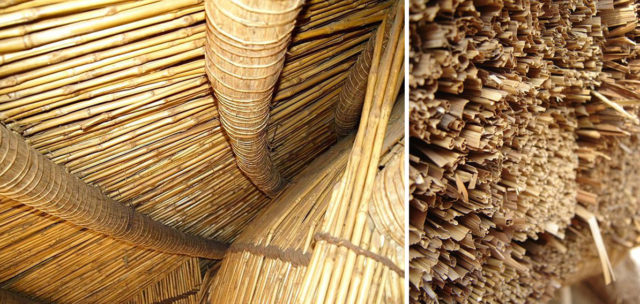
Subsequently, the next three Kabaka (kings) – Mwanga II (1867–1903), Daudi Chwa II (1896–1939), and Sir Edward Muteesa II (1924–1969) – broke with tradition and chose to be buried here instead of in their own palaces. Each prince and princess who is a descendant of the four Kabakas are also buried there behind the main shrine.
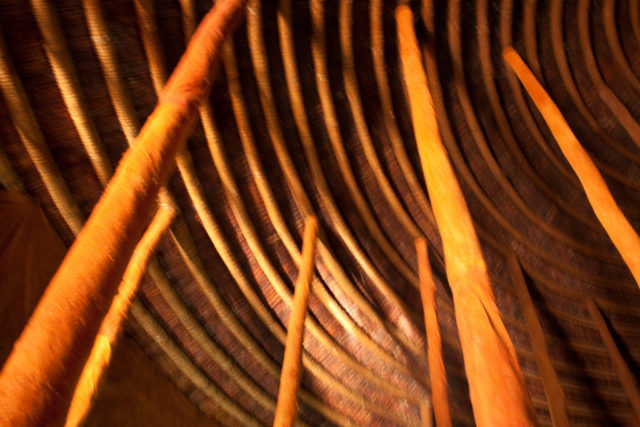
The Kasubi tombs are mainly divided into three main areas: the main tomb area located at the western end of the site, the area with buildings and graveyards which is behind the tombs, and a large area on the eastern side of the site used primarily for agricultural purposes.
Modern building materials were introduced in the last major renovation in 1938 by Kabaka Mutesa II of Buganda, including a steel structure, concrete columns, and bricks, all of which is largely concealed behind traditional materials. A low, wide arch leads to the sacred spaces within, separated by reed partitions, with bark cloth decorations, and mementos of the kabakas. The floor is covered by lemongrass and palm leaf mats.
The entrance to the site is a beautifully built gatehouse called Bujjabukula, constructed using wooden columns supporting a thatched roof, with walls made of woven reeds. The powerful Buganda kingdom is therefore acknowledged for having put up one of the exceptional and surviving architectural examples since the 13th Century.
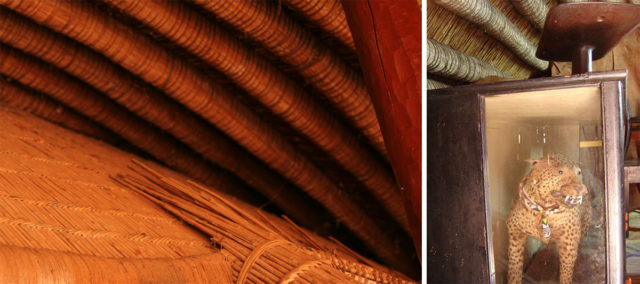
It became a protected site under Ugandan law in 1972, and the land is registered in the name of the Kabaka behalf of the Kingdom. It became a UNESCO World Heritage Site in December 2001, when it was described as “one of the most remarkable buildings using purely vegetal materials in the entire region of sub-Saharan Africa”. The tombs were almost completely destroyed by a fire in March 2010, and, therefore, in July 2010 it was included in the list of World Heritage Sites in Danger.
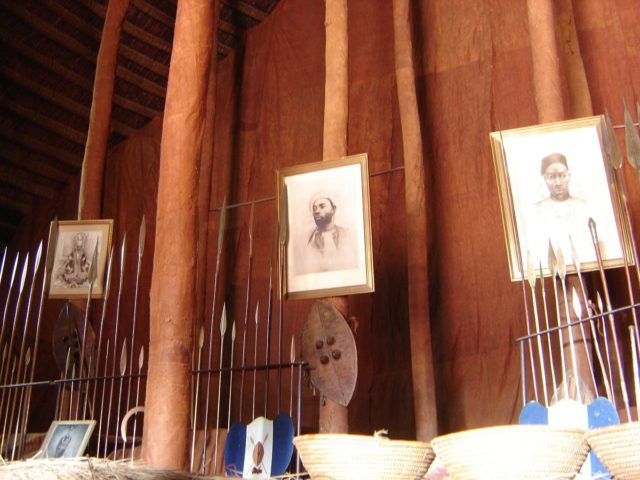
In 2014, the government of Japan decided to provide project funding and cooperation for reconstruction of the tombs, the setup of an efficient risk prevention scheme, and the dispatch of experts in cultural property restoration. The work to restore them is under way, with an expected 2016 completion date.
